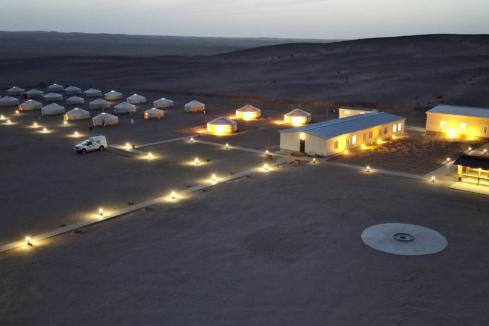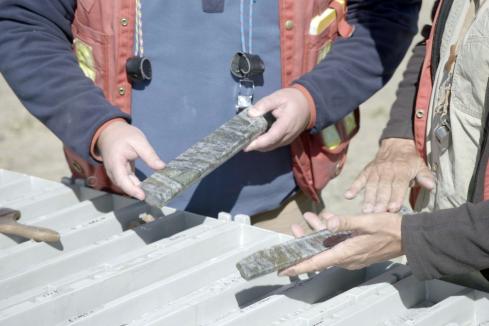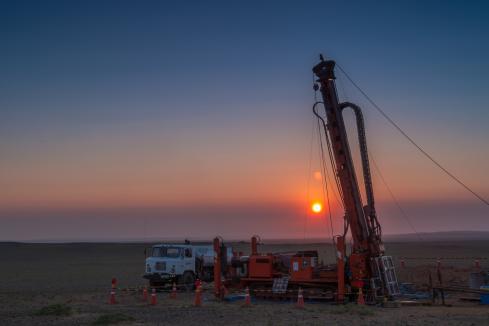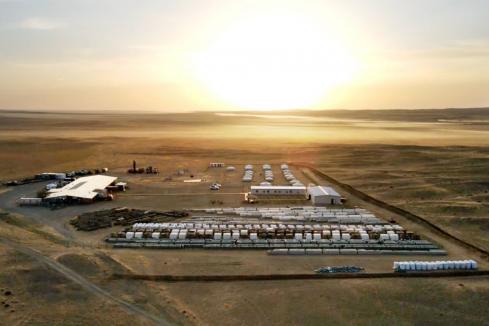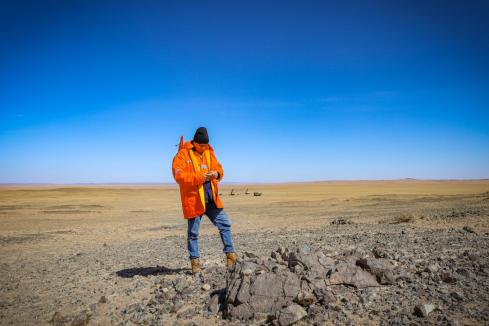Sihayo Gold has unearthed an intriguing near-surface bonanza gold drill hit at its Hutabargot Julu epithermal gold-silver prospect in North Sumatra, Indonesia. The high-grade intersection was 9m at 8.36 g/t gold and 9.3 g/t silver from just 8m depth including 1.2m going a spectacular 48.4 g/t gold and 23.7 g/t silver, providing some cause for on-market excitement as the company’s share price more than doubled in intraday trade.

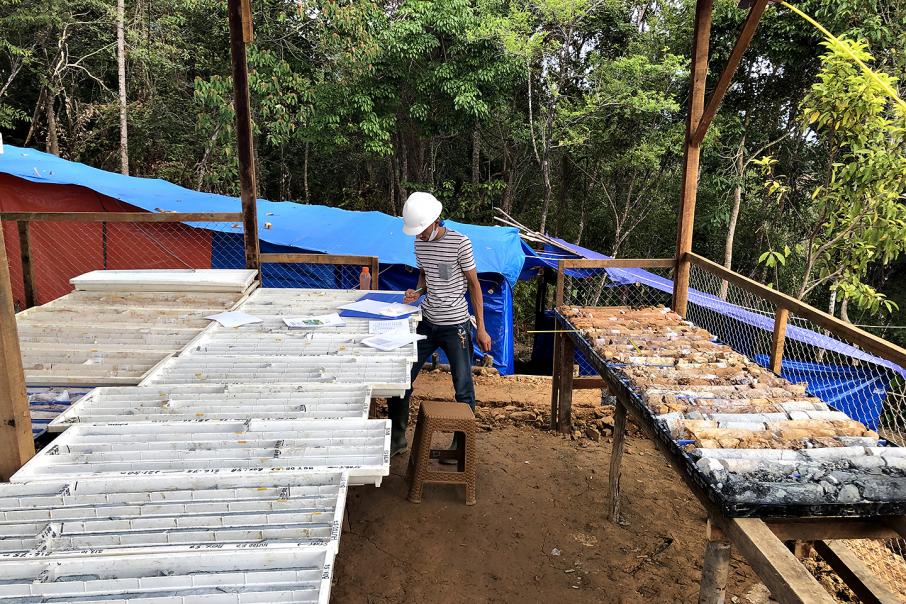
Indonesian focused ASX-listed gold explorer, Sihayo Gold has unearthed an intriguing near-surface bonanza gold drill hit at its Hutabargot Julu epithermal gold-silver prospect in North Sumatra. The high-grade intersection was 9 metres grading 8.36 grams per tonne gold and 9.3 g/t silver from just 8m depth including 1.2m going a spectacular 48.4 g/t gold and 23.7 g/t silver, providing some cause for on-market excitement as the company’s share price more than doubled in intraday trade.
The Brisbane-based company says its recently completed reconnaissance scout drilling program at Hutabargot Julu points to an epithermal gold-silver mineralised system that strengthens towards the western side of the prospect.
The break-out drill result sent trading activity in Sihayo shares into overdrive as punters piled into the stock for a whopping total of 55.5 million shares, one of the biggest volume spikes in the company’s recent history. Its share price at one stage skyrocketed 125 per cent before settling back at 16.67 per cent higher by the end of trading.
Sihayo says the western side of the prospect takes in the northern end of extensive shallow artisanal gold workings.
Other encouraging intersections from the initial drilling at Hutabargot Julu include 12.7m at 0.86 g/t gold and 5 g/t silver from 141m and 11m at 1.35 g/t gold and 8.2 g/t silver from 163m. It has also yielded some solid intercepts of 17m at 1.15 g/t gold and 4.2 g/t silver from surface and 17m at 1.21 g/t gold and 7.6 g/t silver from 180m.
Sihayo suggests the assay results from the first-pass drilling work at Hutabargot Julu “demonstrate” the presence of a large mineralised hydrothermal alteration system beneath a massive – 3.5-kilometre by 3km – gold in soil geochemical anomaly previously identified by the company.
The first-phase reconnaissance program at Hutabargot Julu consisted of 25 diamond core holes for an aggregate drilling coverage of 4,806m. Drill data for the final six holes is still pending and should be interesting.
Hutabargot Julu, part of Sihayo’s namesake gold project, lies roughly six kilometres south-east of its proposed Sihayo “starter project” development site.
Sihayo Gold Executive Chairman, Colin Moorhead said: “The first phase of reconnaissance drilling at Hutabargot Julu has been successful in proving our exploration model for the prospect. These latest results clearly demonstrate the presence of a large mineralised system at Hutabargot Julu that appears to strengthen to the west in near-surface drilling. As our understanding of the geology at the prospect continues to improve, we have identified follow-up targets and we will commence drilling these imminently.”
Sihayo says the next stage of drilling at Hutabargot Julu is expected to kick off at the nearby Sihorbo epithermal vein target in the next two weeks once a helicopter-supported drill-rig relocation to the site has been carried out.
A 10-hole round of drilling totalling 2,000m has been planned to further tease out the gold mineralisation potential of the north-striking Sihorbo epithermal vein structure, located on the far western margin of the Hutabargot Julu prospect.
Sihayo intends testing Sihorbo to a maximum vertical depth of about 200m along a 400m strike length. According to the company, the 400m vein segment remains open to the north and south.
Limited prior diamond drilling conducted on the Sihorbo vein by Sihayo in 2013 coughed up a couple of stand-out high-grade gold intercepts. They were 1.15m grading 204 g/t gold and 55 g/t silver from 83.4m and 5.3m at 17.1 g/t gold and 19 g/t silver from 56.2m.
Interestingly, the area has also seen significant artisanal mining by locals, who tend to have a good nose for gold.
Sihayo says grab samples of vein material recently taken from some of the mullock dumps returned values ranging from 0.17 g/t to 0.74 g/t gold, while higher-grade values of 175 g/t gold, 105 g/t silver, 11.6 g/t gold and 20 g/t silver were collected from separate workings in the vicinity.
The large gold in soil anomaly, extensive local artisanal gold workings and multiple mineralised intercepts in the bonanza hole warrant further investigation to unravel the complexities of the gold system secreted below at Hutabargot Julu.
Sihayo says it will begin preparations for follow-up drilling at the conclusion of the current campaign and after all drill data has been received and assessed. Additional exploration may also entail deeper penetrating geophysical surveys to help refine drill-hole targeting.
Is your ASX-listed company doing something interesting? Contact: matt.birney@businessnews.com.au






